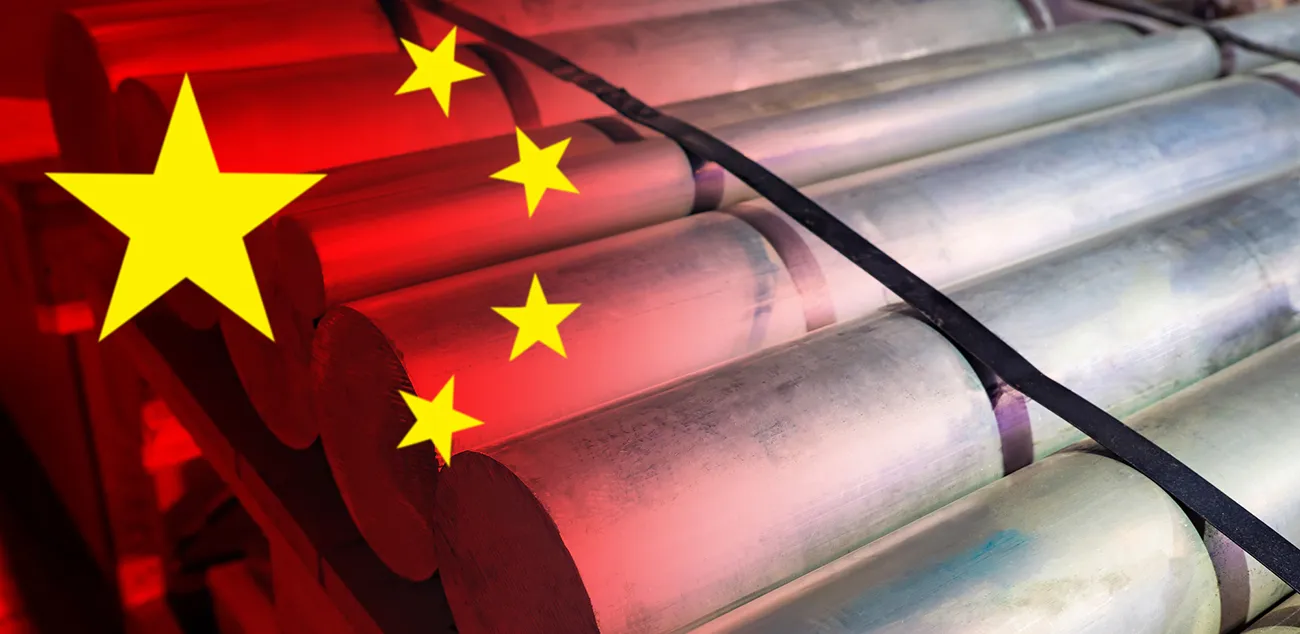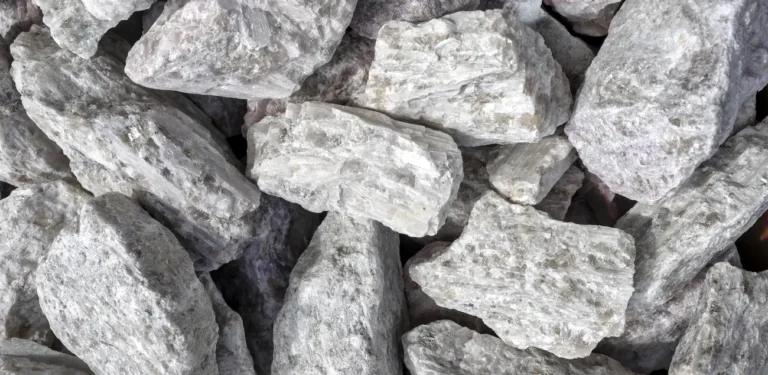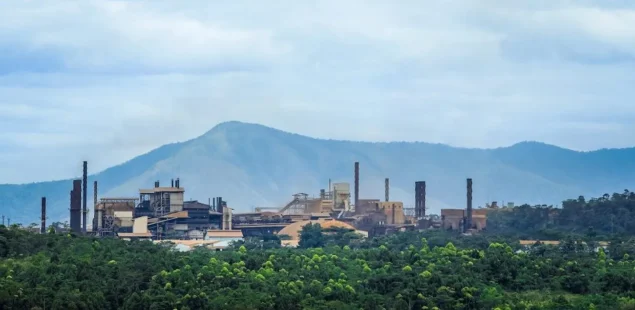
Aluminium prices are expected to come under pressure this year due to weakening demand linked to global trade tensions and economic uncertainty, analysts say, though a longstanding cap on Chinese output may help limit the extent of the decline.
Aluminium prices rose 7% in 2023 but have fallen around 2% so far this year on the London Metal Exchange (LME), following the imposition of tariffs by U.S. President Donald Trump. China, which produces roughly 60% of the world’s aluminium, remains central to global supply dynamics. The country’s aluminium output is restricted by a government-imposed cap of 45 million tonnes per year, first introduced in 2017 to address chronic overcapacity.
HSBC analyst Howard Lau noted that China is already close to reaching this production ceiling, and with limited new global capacity additions, this cap remains a stabilising factor for prices. “We are already running very close to that 45 million mark and globally, we don’t see much new capacity. It is a positive factor for prices this year,” he said.
A Reuters survey published in April forecasts a surplus of 280,000 tonnes in the aluminium market in 2024—an amount analysts say is small in the context of total global supply of around 76 million tonnes and may be viewed as close to balance.
However, risks remain. A potential reduction in hydropower availability in China’s Yunnan province, a key region for aluminium smelting, could disrupt supply and shift the market into deficit.
Morgan Stanley predicts aluminium prices will remain near $2,600 per tonne under current conditions, but warns they could drop below $2,000 if global demand weakens sharply, which would mark the lowest level since 2021. ING’s Ewa Manthey expects slowing U.S. economic growth and China’s ongoing recovery struggles to weigh on aluminium consumption, particularly in key sectors like transportation and construction.
Although the U.S. and China recently agreed to suspend reciprocal tariff hikes for 90 days, the medium-term outlook remains uncertain, especially in light of ongoing geopolitical tensions and the possibility of recession in major economies.
BNP Paribas strategist David Wilson sees aluminium potentially outperforming copper this year, citing slower supply growth. “Copper has plenty of supply growth in the longer-term, there’s not enough supply growth for aluminium,” he said.



